
Entrusted, our company conducts a geophysical survey on the distribution and volume of sludge on the site of a building materials company. The company's main business is the manufacture of light building materials, cement concrete decorative products, clay bricks and building blocks, and the discharge of production wastewater and sludge occurs during the production process. In this survey, the induction electromagnetic method (EM) and the high-density resistivity method (ERT) were used to find out the distribution range and volume of sludge in the survey area, and provide reliable information for the development of other later work.
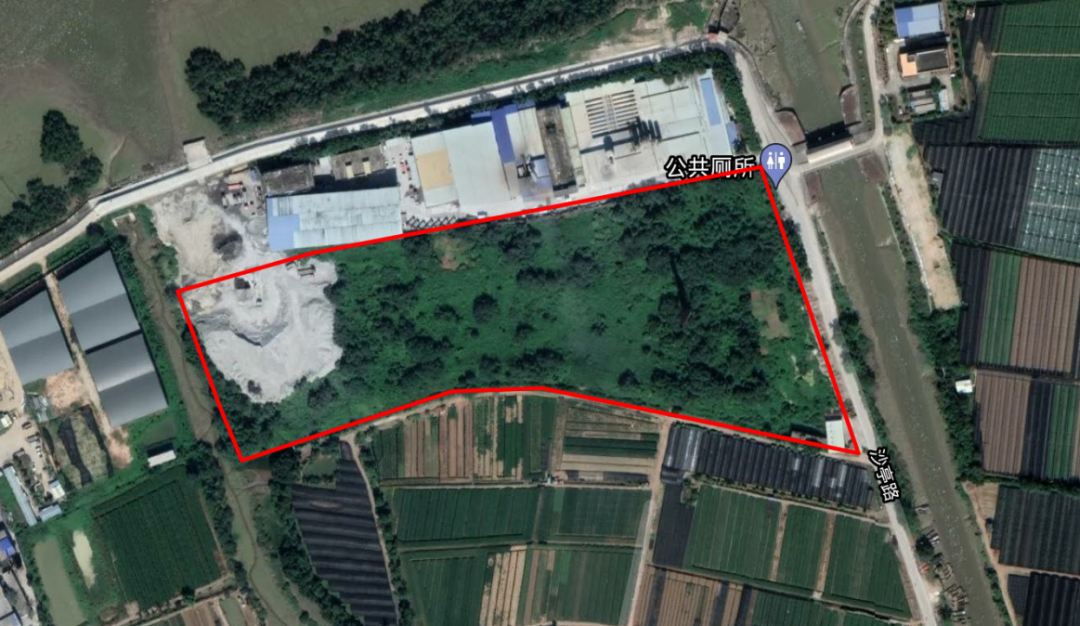
According to the data collected in the early stage and the site conditions, the induction electromagnetic method and high-density resistivity method measuring lines are laid out in the survey area:
(1) Conduct induction electromagnetic detection in the whole area;
(2) Carry out uniform grid division in the area, and lay out high-density resistivity survey lines (ERT1~ERT13) by grid method, and then lay out dense survey lines JM1~JM3 according to the detection results of induction electromagnetic method.
In terms of the induction electromagnetic method, the data acquisition method in the vertical cross direction of the whole area is adopted, and a total of 130,500 data points have been collected, covering almost the entire area except for some ground obstacles. The total length of the high-density resistivity measuring line is 2642m, the point spacing is 2m, and there are 1337 points in total. Each measuring line adopts the Wenner-Schlumberger device (WS).

Fig. 3 EM detection (purple area) and ERT survey line layout in the survey area


Figure 4 On-site working photos
Achievements of Induction Electromagnetic Method
When there is sludge in the ground, the resistivity tends to be low and the conductivity is high, and there is a certain electrical difference with the surrounding rock. Therefore, the high conductivity area in the EM results and the low resistivity in the ERT results All areas indicate that sludge may exist there.
In the figure below, the construction waste in the black area on the left is exposed, and there is no sludge at the bottom according to the conductivity analysis; in the red area in the middle, the electrical conductivity is higher than 300 mS/m, and it is speculated that there are more sludge landfills; in the blue area on the right, the site Cavities of the original brick factory can be seen on the surface, which is presumed to be the area of the original brick factory.
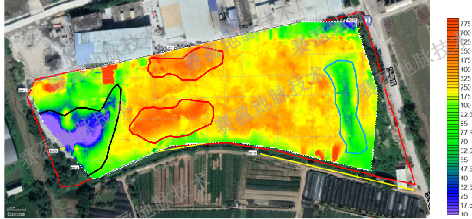
Fig.5 Distribution of EM 1.5 m anomalies in the survey area
Analysis of High Density Resistivity Method Results
The survey of the background survey line shows that the average resistivity in the area is basically about 10 Ω·m. Select the results of ERT1 survey line and JM1 survey line for analysis.
There is sludge at the horizontal distance of 70-290 m on the ERT1 measuring line, of which the sludge layer at 70-126 m may be covered by the surface covering, and the buried depth is 5-10 m; at 126-230 m, the sludge layer changes from thick to shallow , and the buried depth ranges from 8 m to 3 m; the low-resistance anomalies at 230-290 m are lumpy and small.

Figure 6 ERT1 resistivity profile results
The resistivity profile of the JM1 measuring line shows that the shallow 2 m of the site is basically the surface soil, the 2.5-4 m is the sludge layer, and the deep part is the original stratum. It is obvious that the deepest sludge layer can reach 6m~7m in the section 28m~46m, which is consistent with the EM results.

Fig.7 Resistivity profile of JM1 measuring line
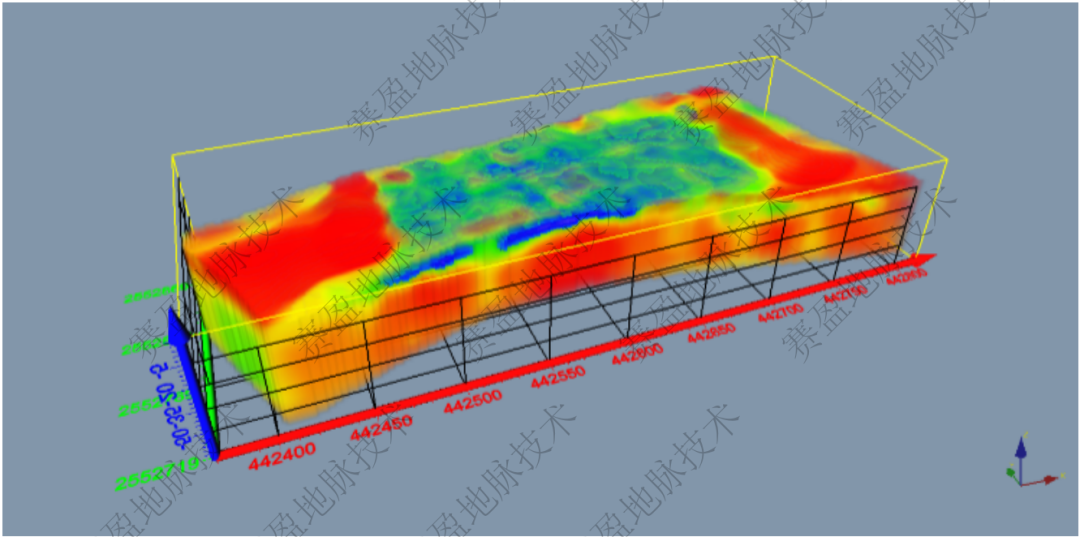
Figure 8 Three-dimensional data volume
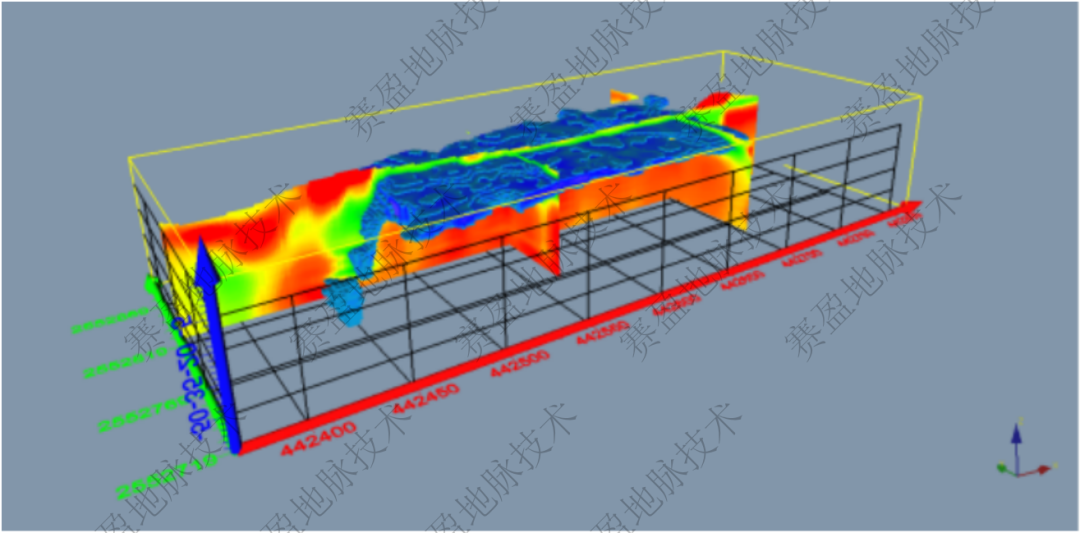
Figure 9 Three-dimensional data slice diagram
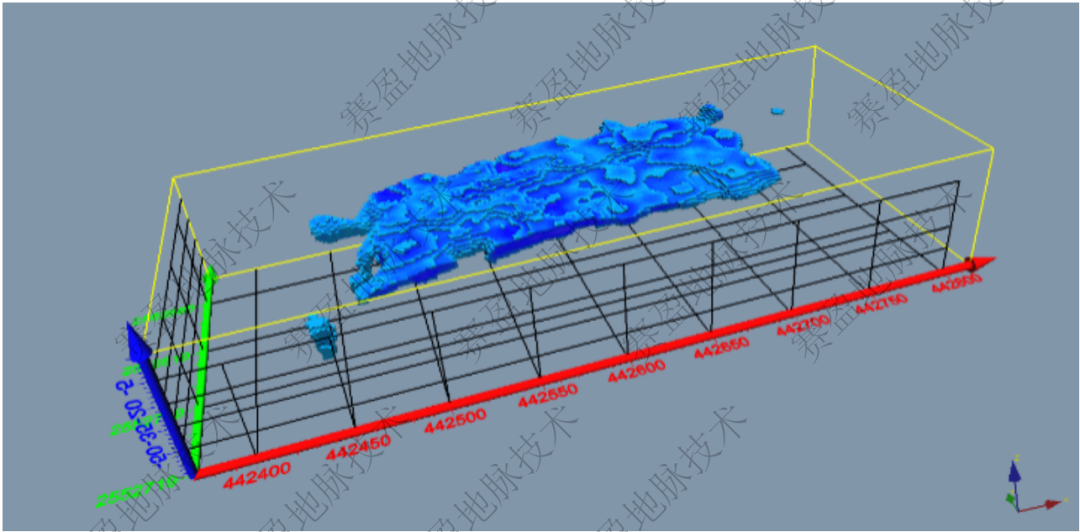
Figure 10 Oblique view of low-resistance anomaly 3D data
Through the induction electromagnetic, high-density measuring line and drilling results in the whole area, it is known that the abnormal shape of the 2 Ω·m low-resistivity layer is basically consistent with the sludge layer. Through the drawing of the low-resistivity layer, the scope, form and stock of sludge are delineated.